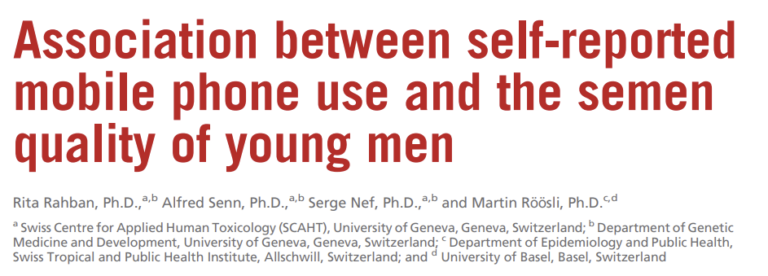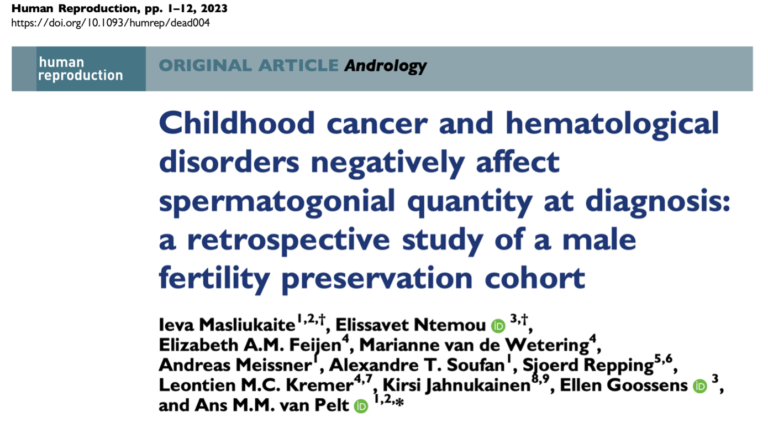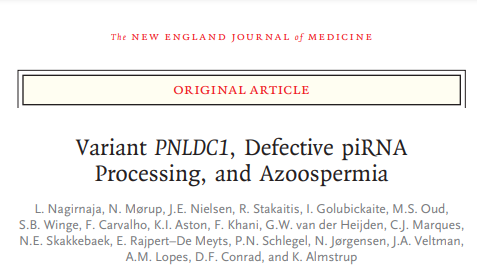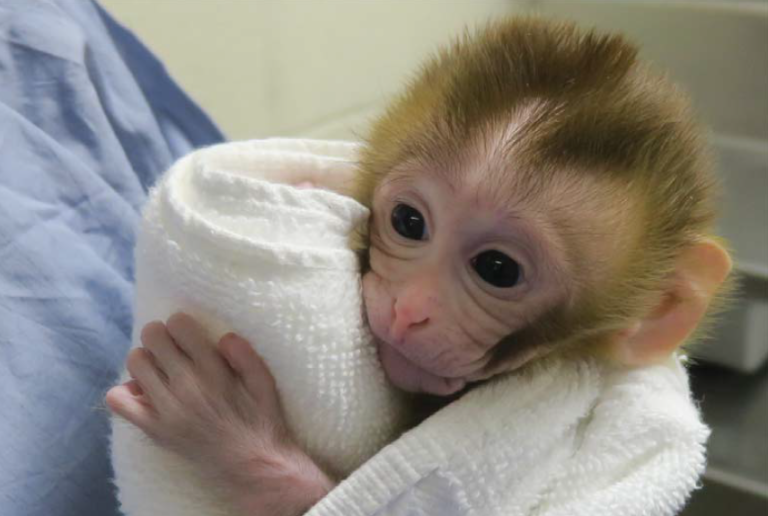Excessive mobile phone usage linked to potential decrease in sperm count
Over the last decades, mobile phones have become ubiquitously used regardless of people’s age, cultural background, gender, or geographical location. However, little is known about the impact on general fertility of the radiofrequency electromagnetic fields (RF-EMF) emitted by these devices, which can be absorbed by the human body. Specifically in the case of male fertility, …








